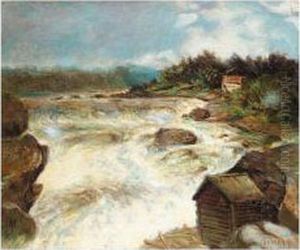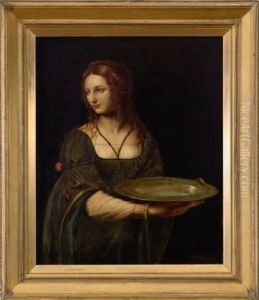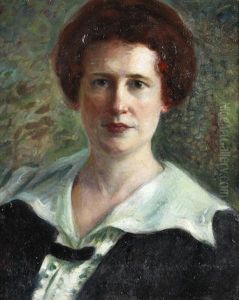Khalil Saleeby Paintings
Khalil Saleeby is a significant figure in the history of Lebanese art, renowned for his contributions to the early development of modern painting in the region. Born in 1870 in Lebanon, then part of the Ottoman Empire, Saleeby was exposed to art at an early age and developed a passion that would shape his career and influence the cultural landscape of his home country.
Saleeby's educational journey took him to Scotland, where he studied medicine at the University of Edinburgh. However, his true calling lay in the arts, and he eventually abandoned his medical studies to pursue painting. He enrolled at the Edinburgh College of Art, where he honed his artistic skills and absorbed Western techniques and styles. His exposure to various art movements in Europe, including Realism and Impressionism, played a pivotal role in shaping his personal style.
After completing his art education, Saleeby traveled extensively, spending time in Paris, where he was further influenced by contemporary European art. He later returned to Lebanon, bringing with him the artistic knowledge and techniques he had acquired abroad. Saleeby's work in Lebanon was pioneering; he was among the first to introduce the principles of European fine arts to the region, and he worked to blend these with local themes and traditions.
Throughout his career, Saleeby was known for his portraits and landscapes. His art was characterized by a masterful use of light and color, and he often captured the essence of his subjects with a remarkable sensitivity. As a teacher, Saleeby played a crucial role in nurturing a new generation of Lebanese artists, passing on his knowledge and advocating for the importance of art in society.
Khalil Saleeby's life was tragically cut short in 1928 when he was murdered under mysterious circumstances. Despite his untimely death, his legacy lived on through his paintings and his influence on the Lebanese art scene. Today, Saleeby is remembered as a pioneer of Lebanese art, and his works are considered national treasures, celebrated for their beauty and historical significance.



